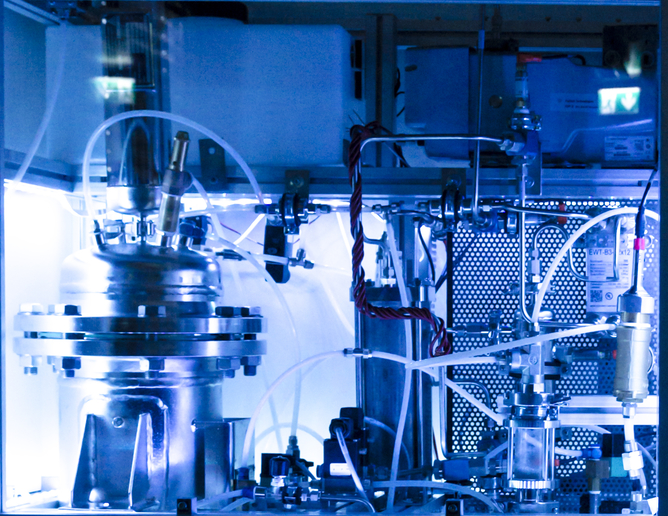Optimised concentration of solar energy
PVs are poised for widespread market uptake if efficiency can be increased and costs lowered. Concentrating photovoltaics (CPVs) are a promising way to achieve these goals. They work on the same principle a child exploits when focusing the Sun's rays onto a piece of paper with a magnifying lens. Systems of refractive and reflective optics concentrate the Sun's energy. This dramatically reduces the amount of semiconductor needed compared to conventional PVs. The EU-funded project 'Multi-approach for high efficiency integrated and intelligent concentrating PV modules (systems)' (APOLLON) addressed optimisation of CPVs all along the supply chain. Scientists sought improvements in processing technologies, semiconductor materials and manufacture of the final prototype. Combining the expertise of 17 partners from 8 countries, researchers developed novel optics and Sun tracking technology, for both of which there are patents pending. They applied an algorithm to maximise power production on each CPV module. The final CPV mirror-based system reached an impressive 30 % efficiency. Further advances are expected to yield record efficiencies surpassing 45 %. APOLLON partners also made a significant contribution to standards on CPV testing methodologies. A new model of the electrical behaviour of a similar CPV module and a new way to determine outdoor solar cell temperature will be important to optimisation of future designs. The team has increased the competitiveness of CPV technology by cutting the cost to less than half that predicted at the project start. Further, environmental assessment has demonstrated energy payback in about a year and with a minimal carbon footprint. APOLLON partners have significantly advanced the state of the art in CPV technologies with major cost reductions and the promise of record-setting efficiencies. Advances will encourage widespread global uptake. That will go a long way toward reducing dependence on fossil fuels and decreasing emissions associated with climate change.







